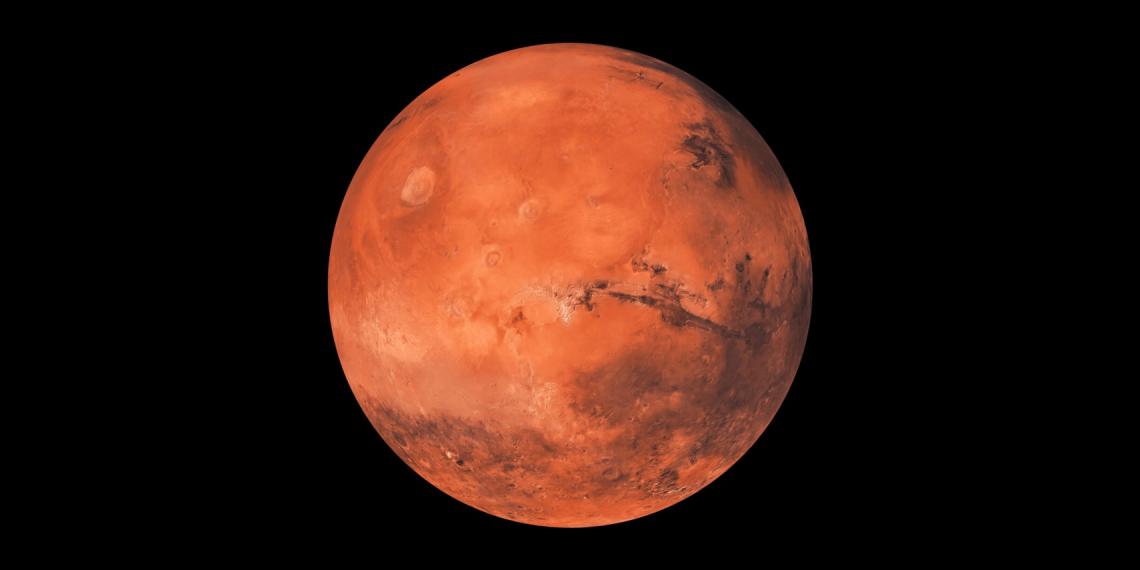Astronauts found ice water only 2.5 cm below the surface of Mars.
The U.S space agency has ambitious plans to bring astronauts back to the Moon by 2024. Thanks to a new study published in the journal of Geophysical Research Letters, we now know where the first humans should land of the red planet thanks to the first map of Martian ice water.
According to NASA researcher Sylvain Piqeuex, they have known there is ice water on Mars since 2008 and it’s so shallow “you could use a shovel” to reach.
"The more we look for ice near the surface, the more we find," NASA researcher Leslie Tamppari said in the news release. "Observing Mars with multiple spacecraft over the years continues to provide us with new ways to discover this ice.
Astronomers believe astronauts could dig up the underground supply of ice water with a shovel and use it as drinking water or rocket fuel.
The location of ice reserves is important to allow manned missions to the planet and could help identify sites for projects, such as the Mars base planned by SpaceX. Given that water is too heavy to be transported from Earth, finding it on Mars could help humans survive there at a low cost. However, because the planet has such a fine atmosphere, most of the water on the surface evaporates quickly.
We have known for a long time that there is water on Mars in the form of ice and with this new map, researchers have a plan about where to start planning missions and eventually send astronauts to Mars.
Arcadia Planitia would become a possible landing site
While there are many Martian sites that scientists wish to visit, few are practical as a landing site for astronauts.
Most scientists have focused on the northern and southern mid-latitudes, which have more sunlight and warmer temperatures than the poles.
There is a strong preference for landing in the northern hemisphere, which is generally lower and provides more atmosphere for the braking of a spacecraft intended to land.
A large part of the region called Arcadia Planitia is presented as the most tempting target in the northern hemisphere. In fact, the map shows water ice less than 30 centimetres below the surface.
What's next?
Since we probably won't be sending humans to Mars before the 2030s, NASA has plenty of time to identify the right landing site, which helps to ensure the success of that first historic mission.
Reference: Sylvain Piqueux, Jennifer Buz, Christopher S. Edwards, Joshua L. Bandfield, Armin Kleinböhl, David M. Kass, Paul O. Hayne. Widespread Shallow Water Ice on Mars at High and Mid Latitudes. Geophysical Research Letters, 2019; DOI: 10.1029/2019GL083947




